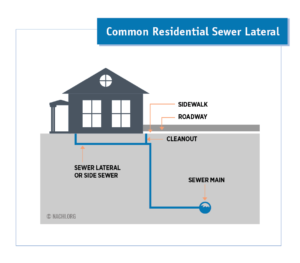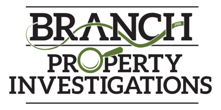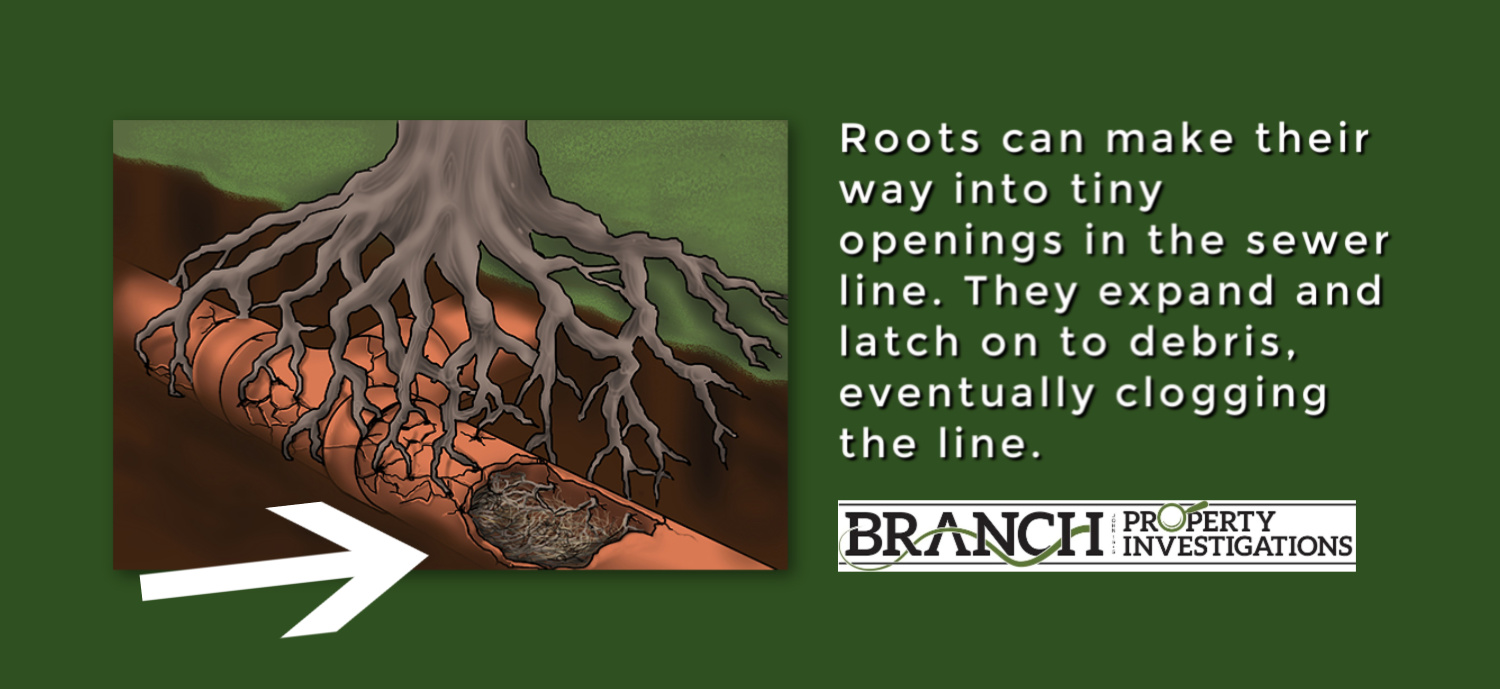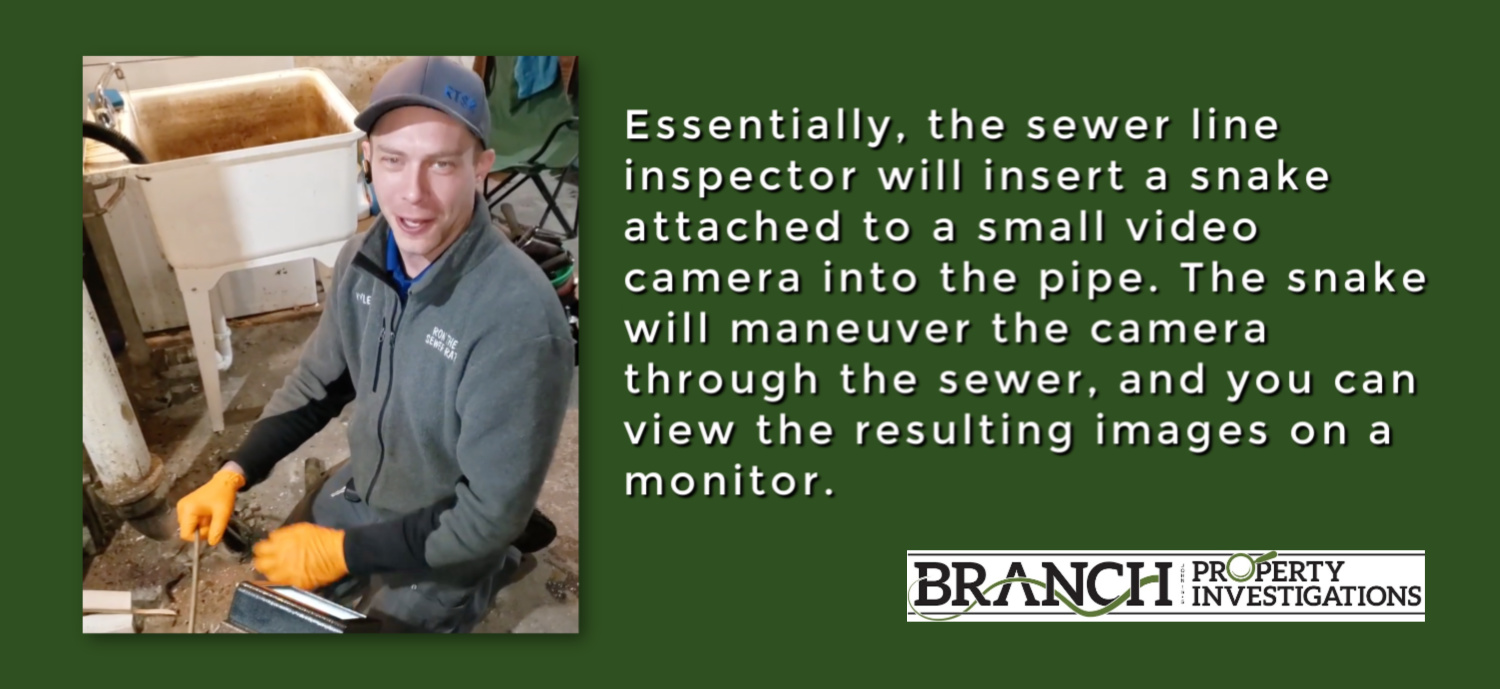Most first-time homebuyers know they should get a home inspection but sewer inspections are generally an after-thought. I try to educate my clients that this is one of the most important inspections a buyer of older homes can conduct. A sewer inspection can turn up numerous problems that can be very expensive to fix. You definitely want to know if a sewer has issues before you buy a home, not six months down the road!
Reasons to Inspect the Sewer Line 
If you’re looking at a home of any age, but especially those older than 20 years, it’s wise to obtain a sewer inspection. Tree roots can grow significantly over a 20 year span and clog up the line; this is a fairly common problem.
Roots can make their way into tiny openings in the sewer line, expanding and latching on to debris, such as grease, paper or other waste. If multiple plumbing fixtures are backing up, such as a toilet, sink, and shower, it’s likely the sewer line is the culprit. Some chemical products kill tree roots but the pipe itself might be damaged and require excavation to fix the problem.
Many homes built in the 1950’s through the 1970’s have sewer lines made from pulp coated with tar. These are referred to as “Orangeburg pipes”, and they disintegrate and collapse over time. They are not rated to last more than 50 years. Once the product begins to break down homeowners can expect frequent clogged lines, tree root invasion and even total pipe collapse. As the deterioration process begins, Orangeburg sewer pipes deform quickly, allowing tree roots to break in to them and literally shred them.
How to Inspect a Sewer Line
There are many sewer line inspection companies in the Twin Cities; I recommend reading their online reviews to select a company that’s a good fit for you. If you have a trusted plumber, they may have the equipment to perform this inspection as well. Kyle from “Ron the Sewer Rat” was conducting a sewer line inspection while we were investigating a property last week; here’s a quick look at his sewer inspection in progress.
Essentially, the sewer line inspector will insert a flexible line attached to a small video camera into the pipe. The flexible line will maneuver the camera through the sewer, and you can view the resulting images on a monitor. Not only will the inspector find out if the sewer line is clean or clogged, but the inspection will also disclose the overall condition of the sewer.
Ask the inspector to tell you what kind of material was used to construct the sewer line. You could be looking at clay, cast iron or even Orangeburg pipes. It’s important to find out whether that type of material is still considered to be good construction today and also its life expectancy.
How Much Does a Sewer Line Inspection Cost?
This specialized inspection typically costs anywhere from $160 to $300 and includes having the sewer line inspected by video. This assumes the inspector encounters no serious problems. I tell my clients it’s money well spent when you consider the cost to replace a sewer line. Keep in mind that a house can sit atop hundreds of feet of plumbing!
How long will it take?
People are often surprised that sewer inspections can literally be accomplished in a just a few minutes. This doesn’t include set-up time and of course it will take longer if your inspector encounters a problem in the line, an obscured main line clean-out, or damage to the area around the clean-out.
Still on the Fence?
If you’re on the fence about having a sewer line inspection, I’ll leave you with a situation I encountered. One of my clients purchased a house built in the 1950s and did not have a sewer line inspection done. Within six months after purchase, the sewer line became blocked. The resulting repairs required excavation, sewer line replacement, and a bill over $7,000. Ouch!




